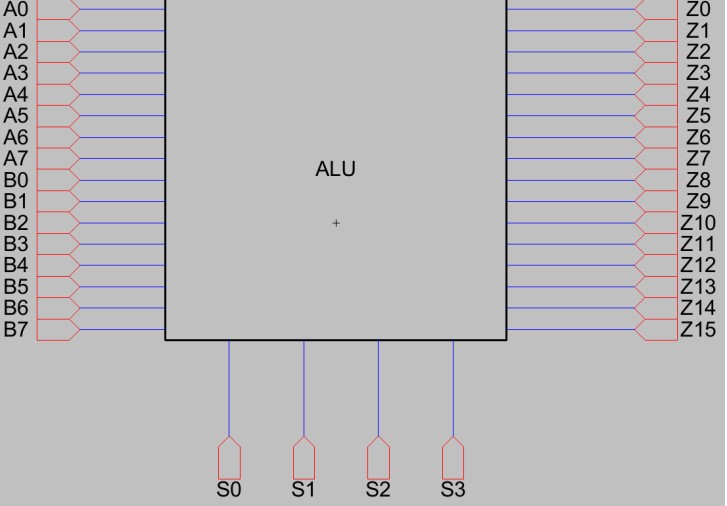
The multiplier used was an 8bit array multiplier. An 8 bit array multiplier works exactly like the way a human would do long multiplication. You simply add and shift one spot to the left. The adder was an 8 bit ripple carry adder, to allow for more versatility. The subtractor was made to be able to represent both positive and negative numbers. The rest of the functions are simple logic functions.
